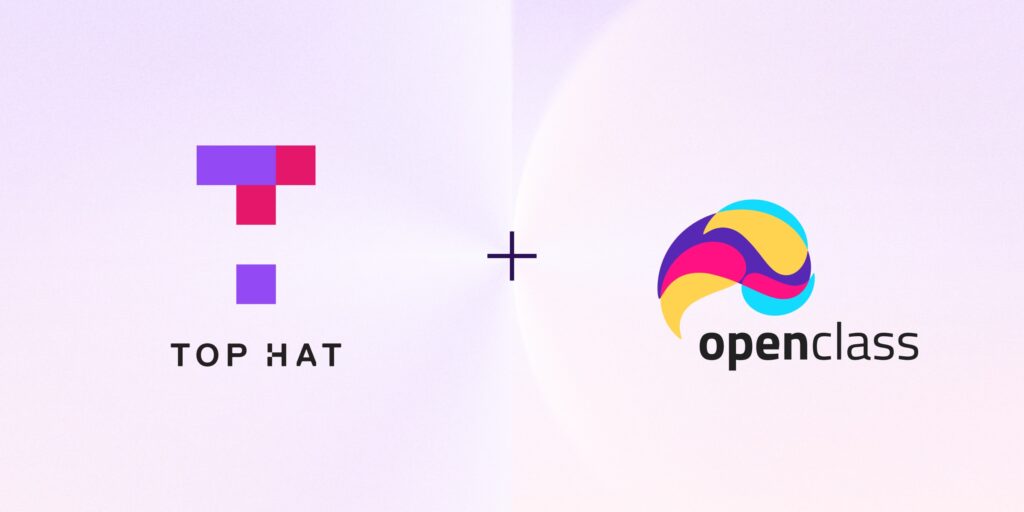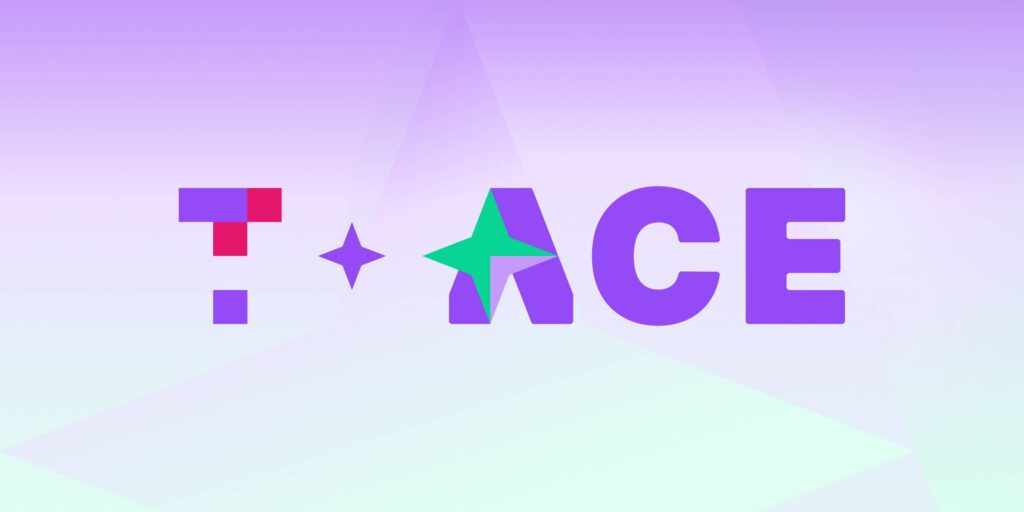Top Hat Engage 2020 has dozens of sessions, organized by three themes: Teaching with Experience, Teaching with Empathy, and Teaching with Insight. The ‘Teaching with Insight’ track focuses on making scholarship relevant for everyday learning.
Today’s students are much less tolerant of a ‘one-size-fits-all’ approach to their college education—and for good reason. Gen Z has grown up in a world in which the services they value and that give meaning to their lives have become more personalized—from the content they consume, to the items they buy, to how they manage their health and well-being. In their eyes, education should be no different.
The challenge is, shifting from a homogeneous approach to the classroom, to one that is more personalized requires new tools and approaches. To understand what engages students and what they need to be successful, iterative feedback loops become critical in shaping the learning experience, both in the moment and throughout the semester.
The Power of Data-Driven Insights
More often than not, today’s educators operate in the dark, relying on past experience and gut instinct to make crucial decisions that affect their students. What do students already know? How well are they progressing? Which course concepts are they struggling with the most? What methodologies are successful—and which are not?
There is a general understanding among higher education institutions that learning platforms can significantly improve the classroom experience. The data they generate can help uncover new ways to engage students and, in so doing, improve student retention and course completion rates.
As with any shift,understanding how to incorporate new technology to achieve intended outcomes and make it easier to identify improvements can be complex. How does the necessary technology change current operating principles? What’s the learning curve? What’s involved in implementation?
It’s worth the effort. After all, without meaningful, data-driven insight it is difficult to respond to the needs of a large lecture hall, let alone individual students.Insight—and the feedback it generates—is not just essential to improving teacher efficacy. It is equally important to students who want to know where they are excelling and where they need to be more studious. Gauging individual student success early and often, and acting on these insights makes the difference in whether a student persists in their studies, or not.
The Science of Learning
The need to understand which technology-based teaching innovations have the greatest positive impact is perhaps more urgent than ever. Research has shown that when supported by capable and motivated instructors, students achieve higher levels of success when interactive digital course solutions are employed. In their Gates Foundation 2019 Annual Letter, Bill and Melinda Gates echoed this sentiment, stating that “the standalone textbook is becoming a thing of the past”, and that digital textbooks should act as “a complement to what teachers do, not a replacement.”¹
Digital courseware is an easy entry point for professors to begin this journey. For instance, when distributed to students through comprehensive online learning platforms, professors are able to embed audio and video resources in the text. With some technology, it’s even possible to submit answers by video too.² They may also give quizzes and ask discussion questions in much the same way a Student Response System (SRS) would. Professors are then able to collect answers digitally and assess student comprehension and make adjustments as necessary. This also creates a streamlined process for providing the instantaneous personalized feedback students want—all within the same platform.
Managing Individual Differences in the Classroom
Data also plays a crucial role at an institutional level in addressing the larger issues of bias and inequity. While this may be beyond the scope of most professors focused on delivering course content, insights here also play a role in creating more inclusive classroom experiences.
Promoting equity and inclusivity is ultimately about embracing rather than shying away from the unique backgrounds, identities, and experiences that students bring to their classrooms. This starts with insight and equipping educators with the means to understand important and often invisible differences among their students.
For professors, the key is turning these insights into action and digital learning platforms are an important part of this equation. For example, online polling and anonymous discussion forums make it easier to capture and reflect the diversity of viewpoints and lived experience throughout the learning process. Approaches like this allow professors to create a more inclusive environment and build a better sense of community by embracing those differences as part of the classroom experience.
To learn more about teaching with insight—and how the topic will be covered at Top Hat Engage 2020—click here. You’ll learn from experts on active learning, course design and transformation, interactive content creation, educational technology, personalized learning, student engagement and more.
References
1) Gates, B. & Gates, M. (2019, February 12.). We Didn’t See This Coming – 2019 Annual Letter. Retrieved from https://www.gatesnotes.com/2019-Annual-Letter.
2) Technology. (2018). Retrieved from https://www.bongolearn.com/technology/.


